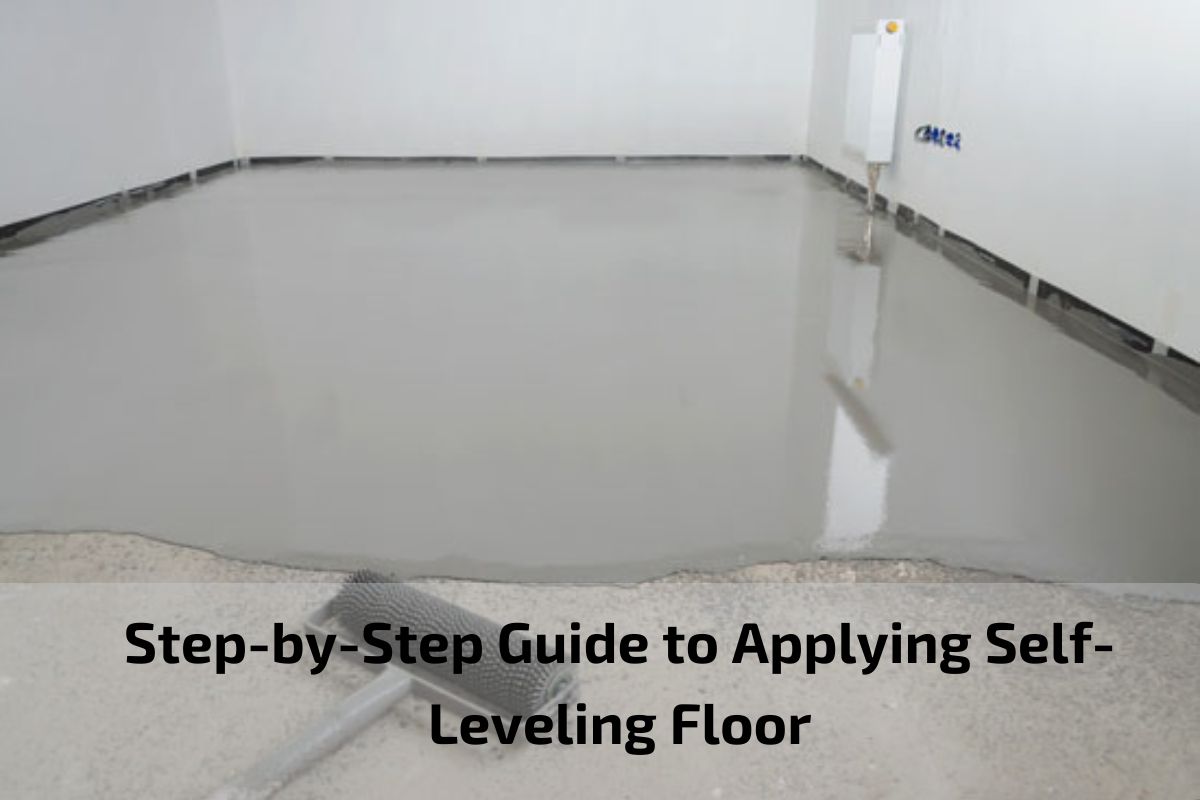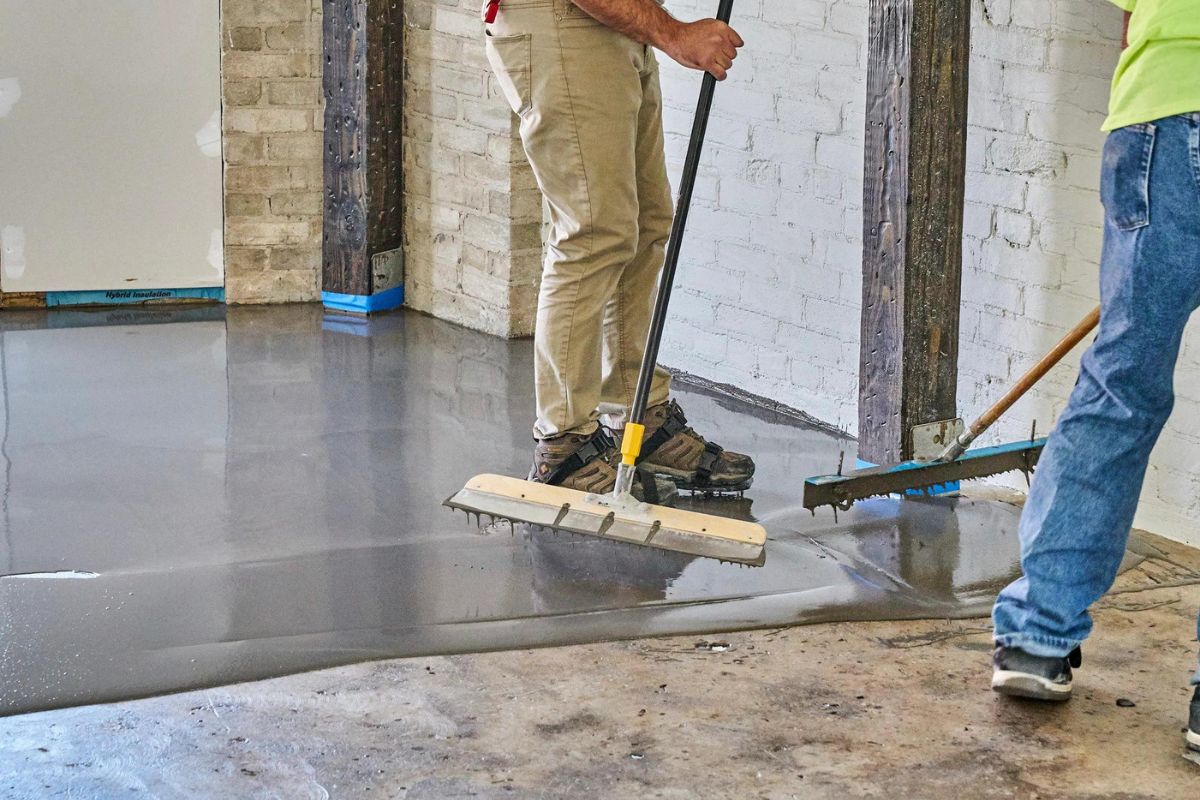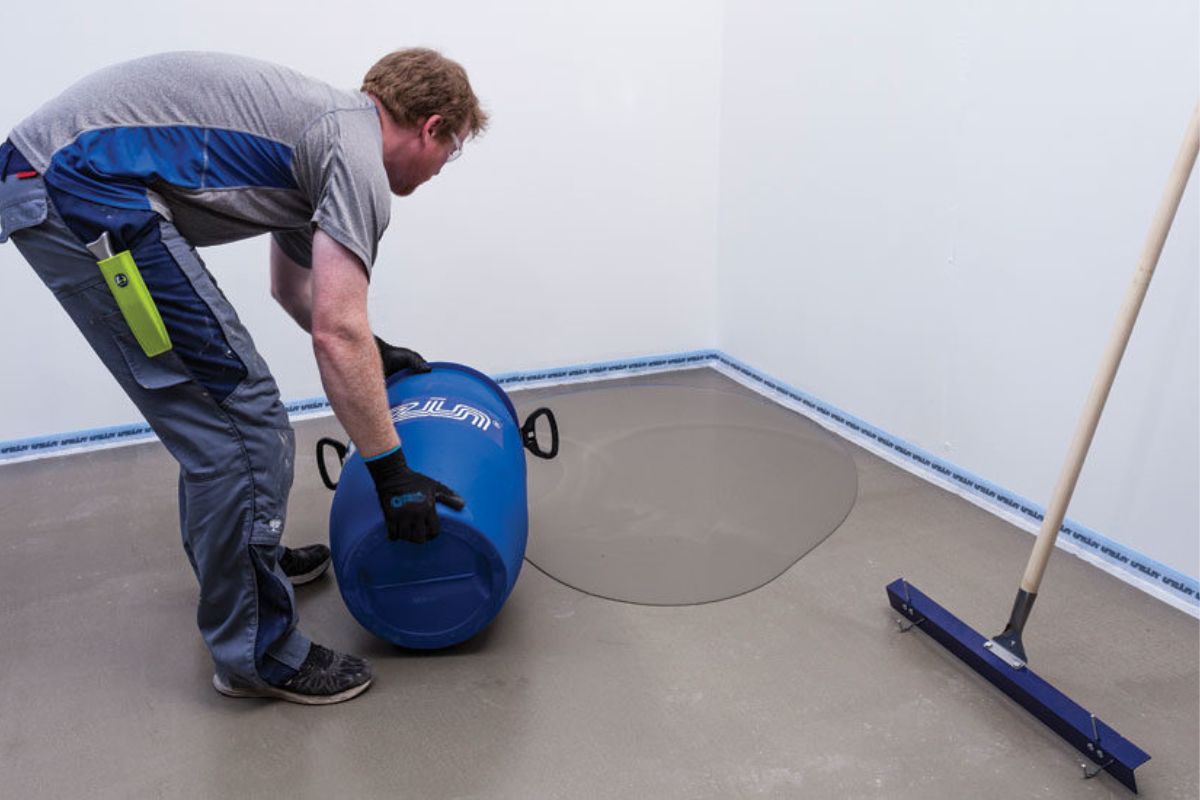
Applying a self-leveling floor is an excellent way to achieve a smooth, even surface that can accommodate various types of flooring finishes, such as tiles, hardwood, laminate, or carpet. This process is not only ideal for renovating old, uneven floors but also for creating a flawless foundation in new construction projects. Self-leveling compounds, typically made from cement or acrylic-based materials, are designed to flow easily over the subfloor, filling in low spots and creating a perfectly level surface.
In this step-by-step guide, we will walk you through the entire process of applying a self-leveling floor, from preparation to finishing touches. Whether you are a DIY enthusiast or considering a professional installation, understanding each phase of the application will ensure a successful outcome. We will cover the essential tools and materials you will need, the proper techniques for mixing and pouring the compound, and important tips to avoid common mistakes. By following these guidelines, you can achieve a professional-quality finish that enhances the durability and appearance of your flooring.
The Important of Self Leveling Floor in Interior Design
Self-leveling floors play a crucial role in interior design for several reasons:
Aesthetic Appeal: A smooth, level floor provides a visually appealing foundation for the overall design scheme of a space. Whether the design is modern, minimalist, or traditional, a well-leveled floor enhances the aesthetics by providing a seamless and polished look.
Versatility in Design: Self-leveling floors can accommodate various design preferences and styles. They serve as a neutral canvas that complements different types of furnishings, decor elements, and color schemes, allowing designers greater flexibility in their creative vision.
Functional Integration: Level flooring is not just about looks; it also enhances the functionality of interior spaces. It ensures that furniture placement is stable and balanced, facilitates easy movement throughout the space, and minimizes the risk of tripping hazards.
Support for Diverse Flooring Materials: Self-leveling floors provide a stable and even base for the installation of different types of flooring materials, including hardwood, tile, laminate, vinyl, and carpet. This versatility enables designers to choose the most suitable flooring option for each area of the interior.
Seamless Transitions: In open-concept designs or spaces with multiple rooms, self-leveling floors help create seamless transitions between different areas. This continuity in flooring enhances the flow and unity of the overall design, contributing to a harmonious and cohesive environment.
Professional Finish: Self-leveling floors are installed by trained professionals who ensure that the surface is properly prepared and leveled. This results in a high-quality finish that reflects attention to detail and craftsmanship, elevating the perceived value of the interior space.
Durability and Longevity: Self-leveling floors are durable and resistant to wear and tear, making them suitable for high-traffic areas in both residential and commercial settings. Their long-lasting performance contributes to the sustainability of the design and reduces the need for frequent maintenance or replacement.
Definition and Concept of Self leveling
Self-leveling refers to a process and a material used in construction and interior design to create a flat, even surface. The concept involves applying a specialized compound or mixture to a substrate, such as a concrete floor, that is uneven or rough. This compound has the ability to flow and spread out evenly across the surface, filling in gaps, depressions, and irregularities.
The self-leveling compound typically consists of a blend of cement, gypsum, or polymer-based materials, along with additives like leveling agents and water. When mixed together, this compound has a fluid consistency that allows it to flow and settle into place, self-smoothing to create a level surface.
The key characteristics and principles of self-leveling include:
- Flowability: Self-leveling compounds are designed to have a fluid consistency that allows them to spread out evenly over a surface without requiring extensive manual manipulation.
- Self-smoothing: Once poured onto the substrate, the compound has the ability to level itself out, filling in low spots and depressions to create a flat surface.
- Quick Setting: Many self-leveling compounds have rapid-setting properties, allowing them to dry and cure quickly, often within a few hours.
- Strength and Durability: Once cured, self-leveling compounds form a strong and durable surface that can support the weight of flooring materials and withstand foot traffic.
Self-leveling is commonly used in various construction applications, including:
- Flooring Preparation: Before installing flooring materials such as tile, hardwood, laminate, or carpet, self-leveling is often used to ensure a smooth and level surface.
- Concrete Repairs: Self-leveling compounds can be used to repair damaged or uneven concrete floors, restoring them to a level condition.
- Underlayment Installation: Self-leveling compounds can serve as an underlayment for flooring materials, providing a stable and level base.
Benefits of Self Leveling Floor
Self-leveling floors offer a range of benefits that make them a popular choice in both residential and commercial settings:
Even Surface: Self-leveling floors create a perfectly flat and level surface, eliminating unevenness and irregularities in the substrate. This ensures a smooth foundation for the installation of various flooring materials, such as tile, hardwood, laminate, or carpet.
Enhanced Aesthetics: The seamless and level finish of self-leveling floors enhances the overall aesthetic appeal of interior spaces. Whether the design is modern, traditional, or industrial, a well-leveled floor contributes to a polished and professional look.
Improved Safety: Uneven flooring poses tripping hazards and can lead to accidents, especially in high-traffic areas. Self-leveling floors help mitigate these safety risks by providing a uniform surface that reduces the likelihood of trips and falls.
Support for Flooring Materials: Self-leveling floors provide a stable and supportive base for various types of flooring materials. This versatility allows designers and homeowners to choose the most suitable flooring option for their space without concerns about the substrate’s condition.
Moisture Resistance: Some self-leveling compounds come with moisture-resistant properties, making them suitable for use in areas prone to high humidity or moisture levels. These compounds help prevent moisture-related issues, such as warping, mold growth, and deterioration of flooring materials.
Time and Cost Efficiency: While self-leveling requires an initial investment, it can save time and money in the long run. By reducing the need for extensive floor preparation and repairs, self-leveling streamlines the installation process, minimizes labor costs, and reduces the risk of callbacks due to flooring issues.
Durability and Longevity: Self-leveling floors are durable and resistant to wear and tear, making them suitable for high-traffic areas in both residential and commercial settings. Their long-lasting performance contributes to the sustainability of the design and reduces the need for frequent maintenance or replacement.
Maintenance and Care of Self-leveling floors
Maintaining and caring for self-leveling floors is essential to preserve their appearance, functionality, and longevity. Here are some maintenance tips:
Regular Cleaning: Sweep or vacuum the floor regularly to remove dirt, dust, and debris. Use a damp mop with a mild detergent to clean the surface periodically. Avoid using abrasive cleaners or harsh chemicals, as they can damage the floor.
Avoid Sharp Objects: Prevent scratches and gouges by placing felt pads or furniture glides under heavy furniture legs and avoiding dragging sharp or abrasive objects across the floor.
Protective Coatings: Consider applying a protective coating or sealant to the self-leveling floor to enhance durability and resistance to stains, scratches, and wear. Consult with a flooring specialist to choose the appropriate coating for your specific floor type.
Prompt Spill Cleanup: Clean up spills immediately to prevent staining and damage to the floor. Use a damp cloth or mop to blot up spills and avoid letting liquids sit on the surface for an extended period.
Avoid Excessive Moisture: While self-leveling compounds are typically moisture-resistant, prolonged exposure to standing water or high humidity levels can still cause damage. Use mats or rugs in areas prone to moisture, such as kitchens and bathrooms, and promptly address any leaks or spills.
Regular Inspections: Periodically inspect the self-leveling floor for signs of wear, damage, or deterioration. Look for cracks, chips, or areas where the floor may be lifting or separating from the substrate. Address any issues promptly to prevent further damage.
Avoid Heavy Impact: Avoid dropping heavy objects or engaging in activities that could cause impact damage to the floor. Use caution when moving furniture or equipment to prevent dents or indentations.
Follow Manufacturer Guidelines: Follow the manufacturer’s recommendations for maintenance and care specific to the type of self-leveling compound used in your flooring. These guidelines may include recommended cleaning products, frequency of maintenance, and other important considerations.
Conclusion
In conclusion, self-leveling floors offer numerous benefits in interior design, including creating a smooth and even surface, enhancing aesthetics, improving safety, supporting various flooring materials, resisting moisture, and being cost-effective and durable.




